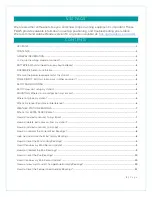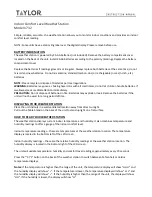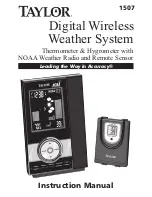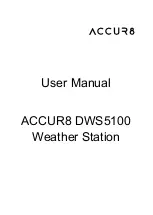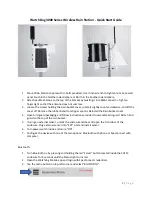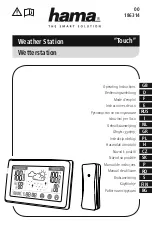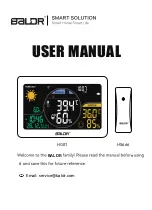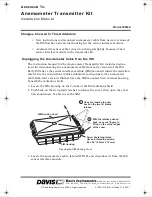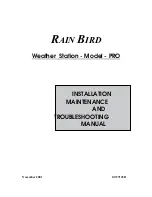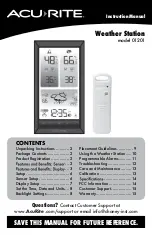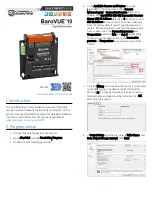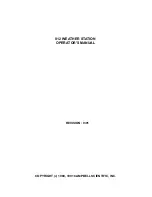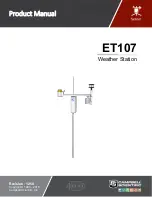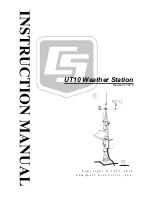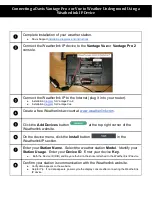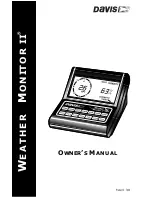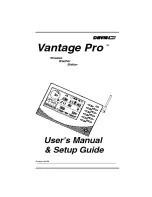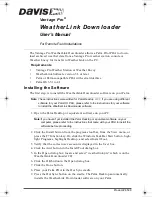
television reception, which can be determined by turning the equipment off
and on, the user is encouraged to try to correct the interference by one or
more of the following measures:
--Reorient or relocate the receiving antenna.
--Increase the separation between the equipment and receiver.
Modifications not authorized by the manufacturer may void user’s authority to
operate this device.
General Information
1.
Always read the instruction manual before operating this product.
2.
The base unit is intended for indoor use only. It is not sealed against
moisture and could be damaged if used outdoors.
3.
Do not immerse the base unit in water. If you spill liquid on it, dry
immediately with a soft, lint-free cloth.
4.
The remote sensor is weather resistant but not waterproof and
should never be submerged in water. It should be placed away from
direct sunlight, rain, and snow.
5.
Do not clean the units with abrasive or corrosive materials. This may
scratch plastic parts and corrode electronic circuits.
6.
Do not subject units to excessive force, shock, dust, temperature
or humidity. This may result in malfunction, shorter electronic life span,
damaged battery or distorted parts.
7.
Do not tamper with the units’ internal components. Doing so will
invalidate the warranty on this product and may cause damage.
The units contain no user-serviceable parts.
8.
Do not mix old and new batteries. Do not mix Alkaline, Lithium, car-
bon zinc (standard) or Nickel-Cadmium (rechargeable) batteries. Do
not dispose of batteries in fire. Batteries may explode or leak. Remove
the batteries if the units will not be used for a long period of time.
9.
Due to continuous product improvements, the illustrations shown in
this manual may differ from the actual displays.
10.
If you choose to place the remote sensor indoors (in a basement,
attic, child’s room, etc.), the sensor will not be tracking outdoor
conditions and the base unit will not be able to receive an accurate
weather forecast.
11
11













